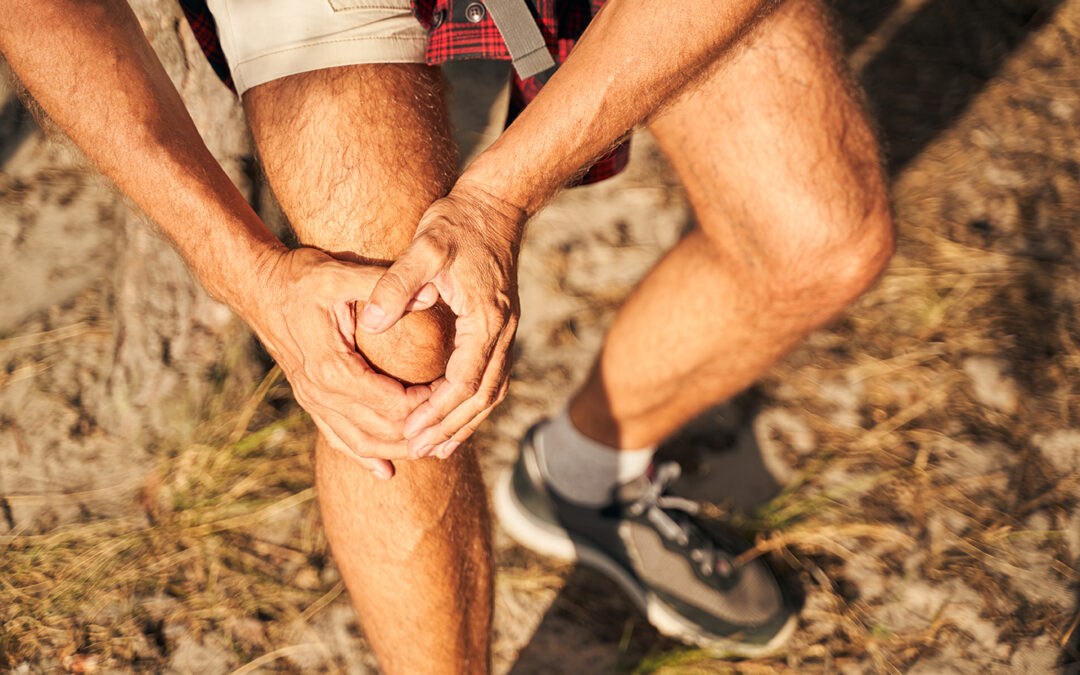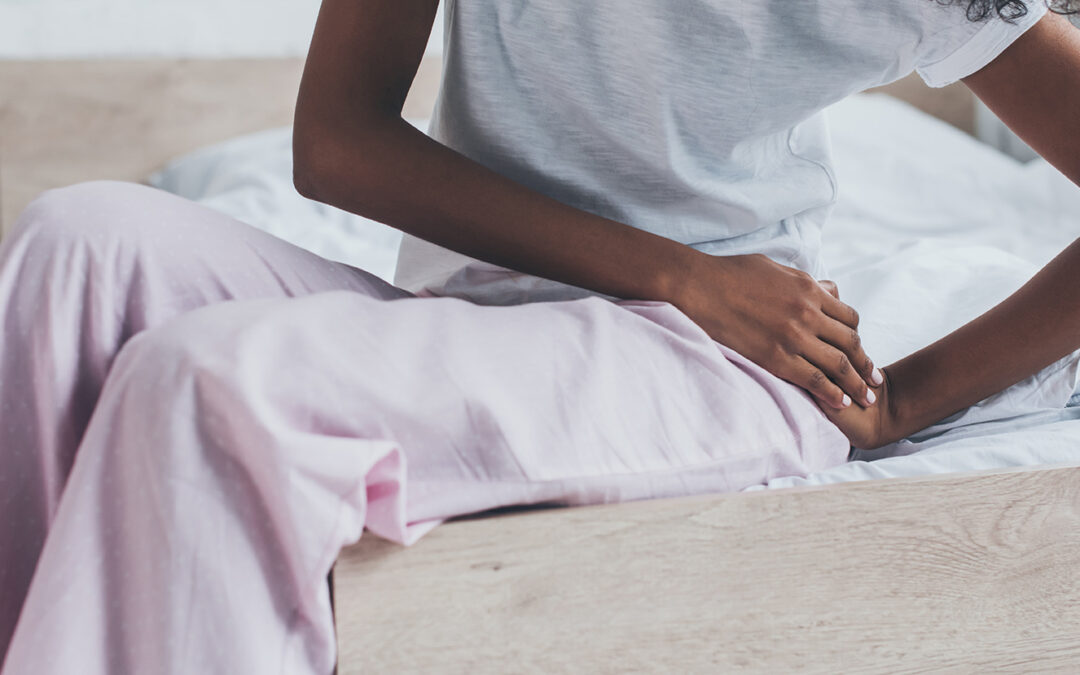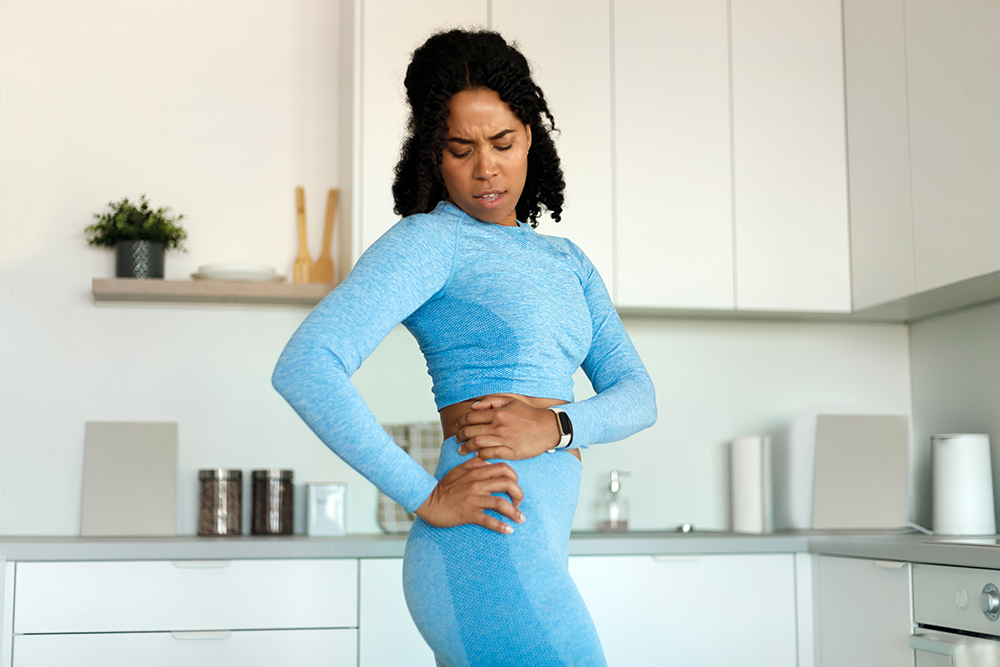Contents
The hip is one of the largest, strongest joints in the body. It’s like a ball and socket, where the rounded top of your thighbone fits into the shallow part of your pelvis. This setup allows you to move your legs in different directions, helping with all kinds of activities, like walking, running, jumping and even sitting comfortably. The hip joint is surrounded by a bunch of muscles, ligaments, tendons and cartilage to help keep everything stable, smooth and pain-free.
There’s a specific group of muscles in the hip area known as the hip flexors. These are a group of muscles on the front of your hips that connect your lower back, pelvis and thighs. The hip flexor muscles include:
- Iliopsoas — This is a combination of two muscles: the iliacus and the psoas. These muscles support your lower back.
- Rectus femoris — These are a part of your quadriceps muscles and connect the pelvis to the knee.
- Sartoris — This muscle helps increase flexible movement in your legs.
- Pectineus — This muscle helps with thigh movement.
These muscles work together to help lift your leg up toward your chest, bend at the waist and keep your body balanced. Strong, flexible hip flexors are key to good posture, a full range of motion and staying injury-free. But there’s a catch. If hip flexor muscles are too tight or weak, they can cause pain or stiffness in the hips, lower back and even the knees. That’s why stretching and strengthening them is important. The exercises in this article can help keep your entire hip area healthy and flexible.
Causes and symptoms of hip flexor pain
Your hip flexors do a lot of work every day. Certain activities or habits can sometimes lead to pain or stiffness in this area, including:
- Overuse
- Tight muscles from sitting
- Sudden movements
- Weak core muscles
- Injuries
- Certain medical conditions, such as bursitis or arthritis
The following are symptoms of hip flexor issues:
- Pain in the front of the hip
- Pain in the groin
- Difficulty flexing the hip
- Muscle tightness and stiffness
- Pain during certain activities
- Pain in the lower back
- Weakness in the hip area
If you’re experiencing any of these symptoms, it’s a good idea to take it easy on your hips, do some gentle stretching and consider talking to a health care provider if the pain doesn’t improve. Taking good care of your hip flexor muscles can help keep you moving comfortably and prevent future issues.
14 best hip flexor exercises
Keeping your hip flexors strong and flexible is key to moving well and avoiding pain. Here are some hip flexor exercises that stretch, strengthen and help improve flexibility in your hips. You can do these physical therapist-recommended exercises right at home — no fancy equipment needed!
- Half-kneeling hip flexor stretch
- Start by kneeling on the floor. Step one foot forward so your knee forms a 90-degree angle. Your back knee should remain on the floor.
- Tuck your pelvis slightly by squeezing your glutes to feel a deeper stretch in the front of your hip.
- Lean forward gently into the stretch, keeping your torso upright.
- Hold for several moments; then switch sides.
- Knee to chest
- Lie on your back with your legs extended.
- Gripping with both hands just below one knee, pull it toward your chest.
- Keep the opposite leg straight and relaxed on the floor, and avoid letting your back arch.
- Hold the stretch for several moments and slowly return to the starting position. Switch to the other leg.
- Pigeon pose
- Start on all fours in a tabletop position.
- Bring one knee forward and place it behind your hand on the same side. Angle your shin across your body while keeping your foot near your opposite hand.
- Extend the other leg straight back and slowly lower your hips toward the floor.
- Keep your back straight and chest lifted.
- Hold for a few moments before returning to your starting position. Switch sides and repeat the exercise.
- Bridge
- Lie on your back with your knees bent and feet flat on the floor, hip width apart.
- Press through your heels, squeezing your glutes to lift your hips up toward the ceiling.
- Make sure to keep your shoulders and upper back on the floor while keeping your core engaged.
- Hold for a couple of seconds and then slowly lower yourself back down to the floor. Repeat several times.
- Seated butterfly stretch
- Sit on the floor with your knees bent outward and the soles of your feet touching.
- Grasp your feet with your hands and pull them in toward your body.
- Gently press your knees down toward the floor, feeling a stretch in your inner thighs and hip flexors.
- Hold this position for a few moments, keeping your back straight, and then release.
- Lunge
- Stand with one foot in front of the other in a staggered stance.
- Bend your front knee to lower your body down while keeping your back knee pointing downward.
- Keep your upper body straight, and feel the stretch in the hip flexor of your back leg.
- Hold your position for several moments. Return to your starting position and switch legs.
- Floor-sliding mountain climber
- Start in a high plank position with your hands under your shoulders.
- Slide one knee toward your chest as you keep your core engaged. Hold for a few moments; then slide your knee back to your starting position.
- Switch to bring the other knee in.
- Go slowly and focus on the stretch in your hips rather than speed.
- Straight leg raises
- Lie on your back with one leg bent and the other leg straight on the floor.
- Tighten your core and lift your straight leg up to a 45-degree angle.
- Lower the leg slowly without touching the floor and repeat.
- Switch to the other leg and repeat.
- Psoas hold
- Stand up straight and lift one knee up toward your chest, using your hands if necessary to keep it in position.
- Try to hold the knee up without wobbling by engaging your hip flexors.
- Hold for a few moments; then lower your leg back down and switch legs.
- Pelvic tilt with march
- Lie on your back with your knees bent and feet flat on the floor.
- Press your lower back into the floor by tilting your pelvis slightly upward.
- Lift one leg toward your chest as if you’re marching; then lower and switch legs.
- Keep your core tight and engaged throughout the exercise.
- Scissors
- Lie on your back with both legs straight up in the air.
- Slowly lower one leg toward the floor while keeping the other leg lifted.
- Alternate legs in a scissor-like motion.
- Keep your core engaged and repeat the exercise.
- Lying hamstring stretch
- Lie on your back and extend one leg straight up.
- Grab behind your knee or calf, gently pulling the leg toward you.
- Keep the opposite leg flat on the floor. Hold for several moments and slowly lower your leg back to the starting position.
- Switch legs and repeat the exercise.
- Side-lying quadriceps stretch
- Lie on your side with both legs out straight.
- Grab the ankle of your top leg and gently pull it toward your glutes, stretching your quadriceps and hip flexors.
- Keep your thighs aligned to avoid straining your lower back.
- Hold for several seconds; then return to the starting position. Roll over to do the exercise on the other side.
- External hip rotation
- Sit on the floor with one leg bent so the foot is resting on the opposite thigh.
- Gently press down on the knee of the bent leg, feeling a light stretch in the hip and glute area.
- Hold this position for a few moments before letting go.
- Switch sides and repeat the stretch.
Before you start any new exercise program, make sure you consult with a health care provider, like a physical therapist, especially if you have any underlying health conditions or injuries. They can advise you on appropriate exercises and guide you through them to help ensure that you do them properly.
Lattimore PT is here to empower you for a more active lifestyle
At Lattimore Physical Therapy, we understand that hip flexor pain can make it hard to do everyday activities. Incorporating stretches for hip flexors is an effective way to improve flexibility, reduce discomfort and support recovery. Our experienced physical therapists offer personalized care, combining these targeted stretches with other therapeutic techniques, like manual therapy and aquatic therapy. With a holistic approach tailored to your specific needs, we’re here to guide you toward better mobility, comfort and overall hip health. Let us help you move with confidence again.
Contact our team today for more information or to schedule an initial appointment.



